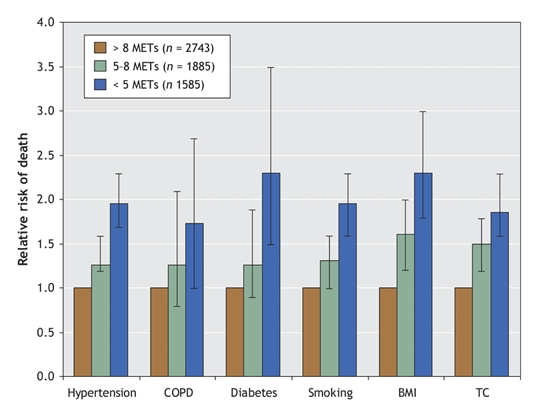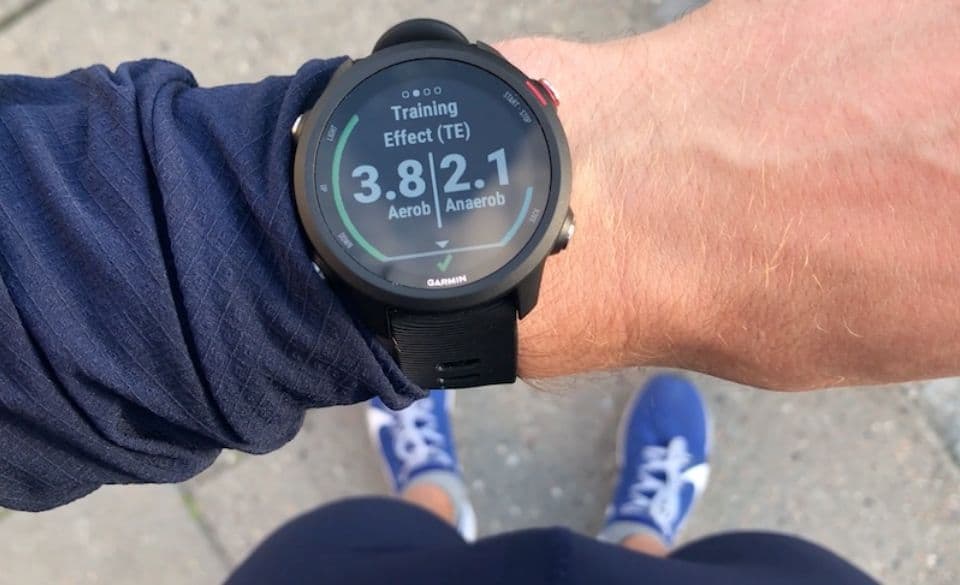|
Is your step count or activity minutes on your activity tracker (planned exercise) better for your health? We often get asked this question in our consultations with clients… Are steps or activity minutes better for your health?. Many clients focus on the steps they achieve each day. But is this the best indicator of health and longevity, or are the activity minutes that you do (or that your watch tracks) better? In this blog we go into the research behind both steps and activity minutes, and give you the information on what to strive for. Steps The 10,000 steps concept was initially formulated in Japan in the lead-up to the 1964 Tokyo Olympics. However, there was no real research to support the target, instead it was a marketing strategy to sell pedometers. In Australia, the average adult accumulates about 7,400 steps a day of incidental activity (ie, non planned activity that we do throughout the day performing daily activities). Therefore, an additional 3,000 to 4,000 steps undertaken through dedicated walking will help you to reach the 10,000-step goal. Is 10,000 steps per day enough to achieve any health benefits? Research recently has shown that people taking 10,000-steps or more a day have a 46% lower risk of early death. Other studies have also shown that people who took more than 5,000 steps a day had a much lower risk of heart disease and stroke than those who took less than 5,000 steps. And, each 1,000-step increase per day reduced the risk of dying prematurely of any cause by 6%. Activity classifications from steps alone A study by Catrine Tudor-Locke & David R. Bassett Jr have suggested a classification for pedometer-determined physical activity in healthy adults: <5000 steps/day - may be used as a ‘sedentary lifestyle index 5000–7499 steps/day - is low active 7500–9999 - likely includes some intentional activities - somewhat active ≥10 000 steps/day indicates the point that should be used to classify individuals as ‘active’. >12 500 steps/day are likely to be classified as ‘highly active’. However, is just being active through steps as good as higher intensity exercise (ie active minutes) where your heart rate is elevated?  Active Minutes/Planned Exercise Just tracking steps does not measure the intensity of your activity. Your heart rate may be quite low the entire time, which is not challenging your heart and body to get optimal health benefits. Aerobic exercise and activities that raise your heart rate, along with strength training are both key components to living a long life. Activities that increase your heart rate are shown to significantly lower your risk of heart disease, which is the number one cause of death around the world. The graph below shows this in graphical form. To understand it better, we need to understand what a MET is. A MET is a metabolic equivalent which is a ratio of your working metabolic rate relative to your resting metabolic rate. Metabolic rate is the rate of energy expended per unit of time. It is one way to describe the intensity of an exercise or activity. One MET is used to describe your intensity level whilst at rest, so a MET of 2 means you are working twice as hard as if you were resting, MET of 3, 3 times as hard, etc. Calculation of METs takes into account a number of factors, but as an example for a 70kg person, moderate intensity exercise is between 3 and 6 METs and may involve swimming laps at a leisurely pace or golf, whereas at 6 and above METs it could include walking very briskly at just over 7 km/hr (6.3 METs), cycling at 24 km/hr (8 METs) or jogging at 11.3km/hr (11.5 METs). As the graph outlines, the relative risk of death for all population groups is decreased with regular higher MET activities. The bottom line, all movement is good, but the higher the intensity of exercise, the greater the health benefits and the lower your relative risk of death is. Lisa Parkinson Accredited Exercise Physiologist, Diabetes Educator
0 Comments
Your comment will be posted after it is approved.
Leave a Reply. |
AuthorSLisa Parkinson Archives
July 2024
Categories
All
|




 RSS Feed
RSS Feed